What are Sensors, and what do they do for us in Automobiles?
What is a Sensor?
A sensor is a device that measures a physical property and records, indicates, or otherwise responds to it. Sensors seem to be present everywhere these days and their numbers are ever increasing. They monitor many and varied complex systems, looking for abnormalities. The automotive industry depends heavily upon sensors, there are many present in automobiles, where people spend lots of their time.
What do Sensors in Automobiles tell Us?
Sensors in the Automobile cabin are essentially Human Machine Interface Systems, meaning that they are the activators for many of the vehicle’s systems by interacting/interfacing with the people riding in the vehicle. Many of these sensors are Capacitive sensors. Capacitive sensors are composed of two adjacent electrodes that sense a human being or any other conductive object, and able to use the proximity of the human, activating all varieties of controls. They can also be designed to activate the panel by proximity, but require actual contact to effect change of the device as “hybrid buttons”. Many of the system controls in a vehicle are driven by capacitive sensors. This is easily seen with “touch screen” control panels, controlling vehicle systems such as temperature in the vehicle, music and entertainment selection and volume control, and seat position.
Capacitive Sensors can also act as a form of vehicle security, telling the vehicle when a person is “authorized” to enter a car, sensing the presence of the key fob and automatically unlocking the doors upon touch or “near touch” of the door handles by the hand of the person holding the fob, or by responding to various signals from the key fob opening the trunk, locking the car, and even starting the vehicle from a distance to “warm it up” for the owner. They also sense when the vehicle is closely approaching an object from front or rear in parking or traffic.
Pressure sensors in automobiles are also used as safety devices, telling the automobile when a person in a seat is too light to have the airbag system for that seat activated, essentially indicating if the person is a child under the weight of 65 pounds. This is the weight, that below which, the sensor automatically stops the airbag from deploying in the event of an accident, preventing a child from being injured by airbag deployment rather than protected by the airbag. Some of these pressure sensors consist of metalized fabric separated by a “spacer fabric”, that when compressed, allows the circuit to be completed, and making the recording device aware that this pressure has been noted. Similarly, this type of sensor can inform the driver by tone and light if the passengers don’t have their seat belts fastened when they are sitting on the seat without the belt connected. There are also sensors that determine whether the driver has “hands on” the steering wheel or “hands off” the steering wheel while the car is on.
Passenger comfort devices such as heated seats and heated steering wheels are activated by capacitive switches and use light weight metalized conductive fabrics that act as resistors, trying to slow the flow of electricity through the metalized conductive fabric, converting the electrical energy to heat energy, warming the metalized fabric and making the passenger more comfortable via heated steering wheels and heated seats.
What else do Sensors in Automobile Monitor?
What I’ve discussed today largely deals with passenger concerns. Sensors in Automobiles also monitor many other systems, the engine function and materials that effect it, the tire pressure, fuel efficiency, emissions, the electrical system, down to rain on the windshield to automatically activate the windshield wipers.
What is the Future of Sensors in Automobiles?
The future of sensors in automobiles is VERY BRIGHT! Due to the development of the autonomous vehicle, we will see many more robust sensors in place in vehicles in the future! There are many more functions that sensors monitor and regulate in the operation of the highly complex electronic/mechanical system that is an automobile. V Technical Textiles, Inc. markets many of the metalized textiles, conductive yarns and threads, that sensors are fabricated from. We also market TPU Wire, a “flexible wire” that is used in conducting the sensor’s response to the appropriate device for action or recording! Please contact us for more information on these incredible textiles!
V Technical Textiles, Inc.
www.vtechtextiles.com
info@vtechtextiles.com
(315)-597-1674 PHONE
(315)-597-8867 FAX
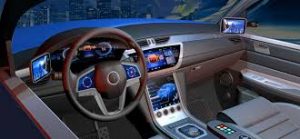
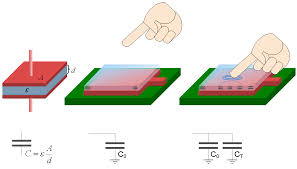


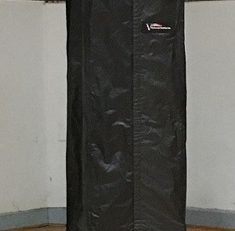
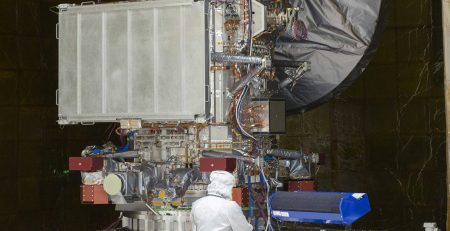
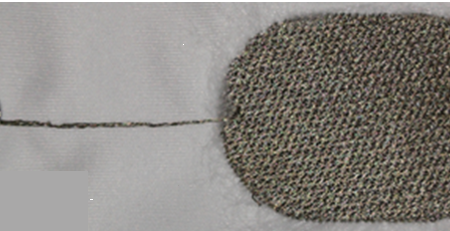
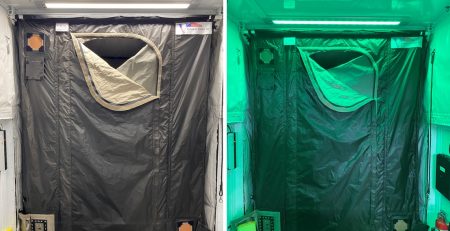

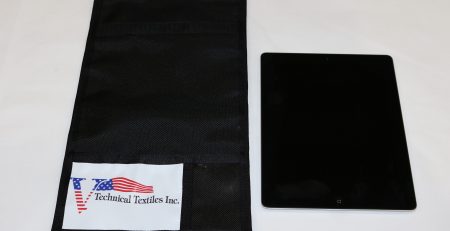
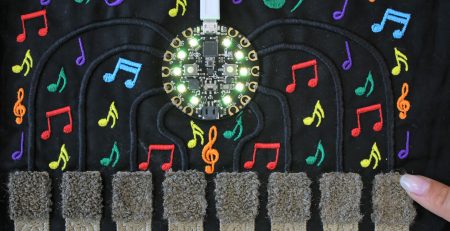
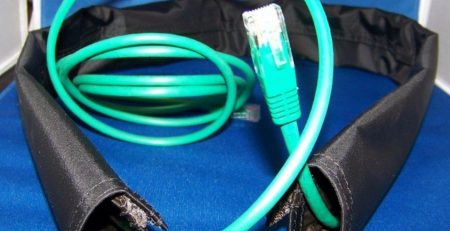

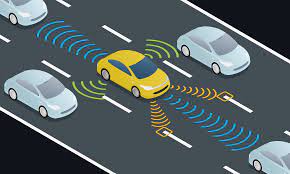

Leave a Reply